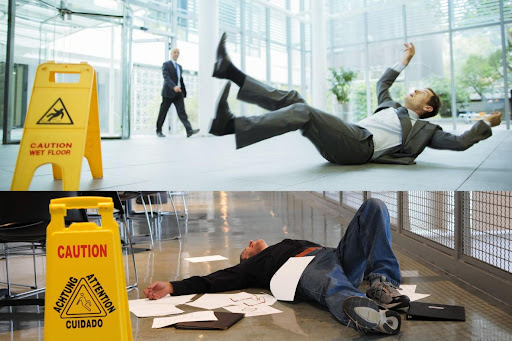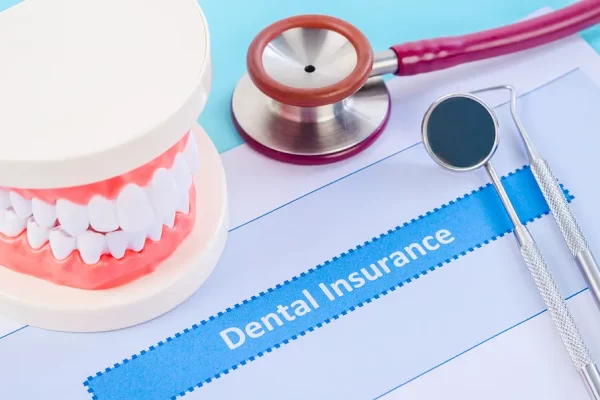The legal concept of premises liability deals with a property owner’s liability when there is a dangerous condition on the property.
A premise is any real property used for commercial, social, or residential purposes. For them to be liable for damages, it is proven that they were negligent in creating or maintaining conditions that gave rise to harm or wear on their property which caused you an injury. It is not enough for just one person to be negligent; courts typically look at injuries in one area as an indication of negligence throughout all parts of the property.
Table of Contents
Elements to Prove in a Premises Liability Case
1. Duty
Establishing a duty for premises liability requires demonstrating that a property owner owed you a duty of care, meaning that they had some obligation to ensure the safety of their property. Typically, this is established by showing that you were on their property in some legitimate way, possible through being an employee or being invited onto the property by the occupant. It does not always necessarily require a legal invite to the premises and sometimes may be established by having the owner’s permission to visit.
Conversely, there are limited circumstances where a property owner will have no duty of care. It typically applies when someone is trespassing on their premises and causes an accident. Trespassing is generally seen as a breach of contract or civil wrong, not as negligence per se.
2. Breach
Establishing a breach means proving that there was some mistake on the owner’s part that led to your injuries. Generally, this is shown by proving that they did not perform their duty of care properly, either because they were negligent or because they violated a statute or ordinance. It can also be established by showing that the owner was aware of a dangerous condition but failed to take steps to correct it.
3. Cause
Establishing cause means showing that the premises owner’s mistake was the actual reason you suffered injuries and not something else. In some cases, it may be possible to establish that the accident would have happened regardless of the presence of a dangerous condition, in which case they are not responsible for your injuries. It can also be established that the injuries you suffered would not have happened if the dangerous condition had been remedied.
4. Damages
Establishing damages means proving that the injury you suffered directly resulted from what happened on the premises and not some other cause. It is important to note that any amount of money paid in settlement cannot be used to prove damages; it is only there to help establish a loss, which can be used to argue for more prominent settlement awards in court. It is also generally necessary to have expert testimony to help establish the extent of your damages.
Establishing liability on the part of a property owner is typically very difficult. In most states, you must demonstrate that the owner was negligent not only for you to have a cause of action for your injuries but also to have a right to compensation. Filing a premises liability lawsuit can sometimes be even more difficult than proving that the owner is liable. Statutes of limitations set deadlines for filing a case and vary from one state to another. If you miss a state deadline, you may have no right to compensation for your injuries.





